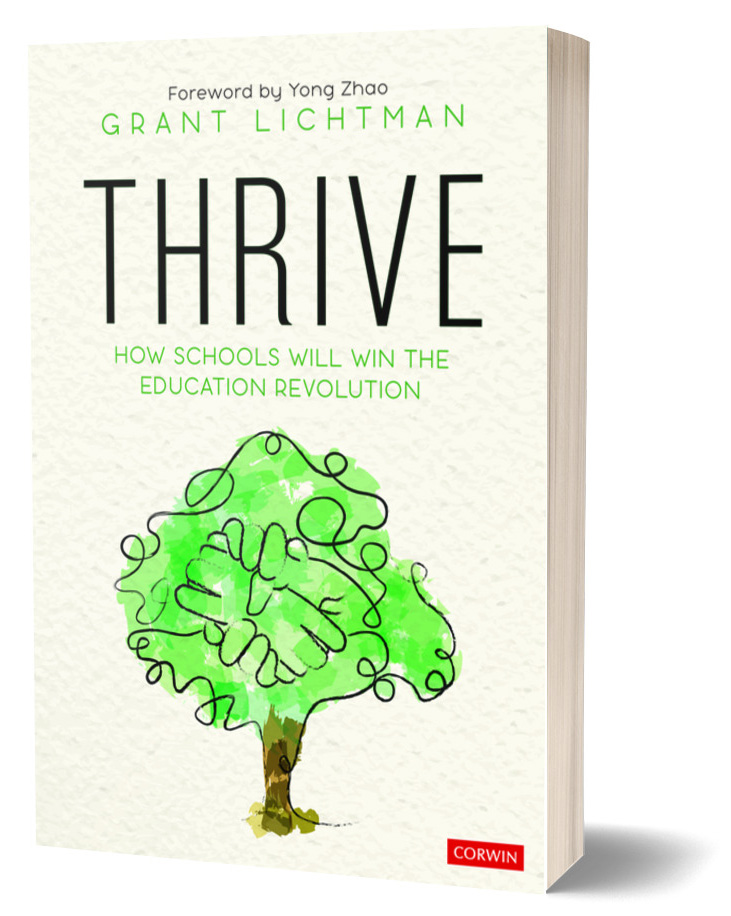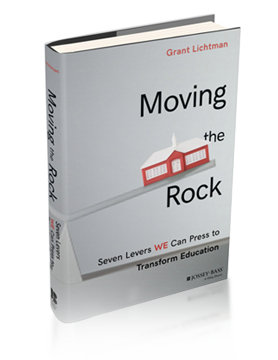Wayne Gretzky famously said. “I skate to where the puck is going to be, not where it has been”. How about a corollary for schools: “Design schools for the future, not for today”. This sounds embarrassingly obvious, yet it is not.
This morning I read an article about the 11,000 student Carlsbad School District on the northern edge of San Diego County. The lead states that “Over the next couple of decades, Carlsbad schools could run on solar, have ‘maker spaces’ on campuses, and offer wireless internet throughout each site”. In the future, the article quotes Superintendent Ben Churchill, the district should plan around elements like flexible furniture; libraries that act more like innovation centers; maker spaces that include 3-D printers; STEM labs; and natural lighting because we “know a lot about the science of learning how and the science of the brain”.
Let me be crystal clear: a huge and very real bravo to the superintendent and the district for charting a plan to make some significant changes. They have clearly taken the most important step in setting a trajectory for the future: the first one.
But planning for the future in a rapidly changing world cannot possibly work if we set our sites on today, or on the past! Everything noted in the article (and I have not spoken with Churchill to see if the article is accurate) have been loci of change in education for years, if not decades. If, in fact, these contemplated changes will come to pass in the district over even the next 5-10 years, they will still be intersecting a rapidly receding past, not the future. Does this mean that the changes will no longer be valid? Does it mean that in 10-20 years we will no longer need or want flexible classrooms, STEM labs, innovation centers, or solar-powered campuses? We don’t know. That is the nature of living in a VUCA world.
But as I wrote in the first chapter of Moving the Rock, the next 20 years are not going to look a little different; they are going to look a LOT different. The idea that 20 years from now, in a VR and AI world, in an Uber/Lyft-AirBnb-Amazon world that may well already be in our rearview mirror, we are still going to be sitting in classrooms and hanging out in the library doing homework after school (I am pretty sure the term “after school” will have substantially changed in 20 years) is keeping us planted in thinking about tomorrow with a mindset of today. These very basic elements of change in the learning experience that Carlsbad is contemplating are great, but I, and many others, believe that they are the bare minimum. If, like learning standards, a school or district views changes like this as a foundation from which to launch…wonderful! If they view changes like this as the bar to which they aspire, I have far greater concern that they will be a relevant part of the learning system in the year 2040. If schools and districts plan for the future with mindsets that are constrained by the current school operating system, by what they know rather than what they can imagine, they are almost certain to miss the target.
So again, let me share the only figure I have printed in the last two books I have published. I sincerely congratulate Churchill and Carlsbad for getting on this trajectory, but please, please, please, remember the words of the Great One…or miss the puck by a long stretch of ice in the relatively near future.













Leave A Comment